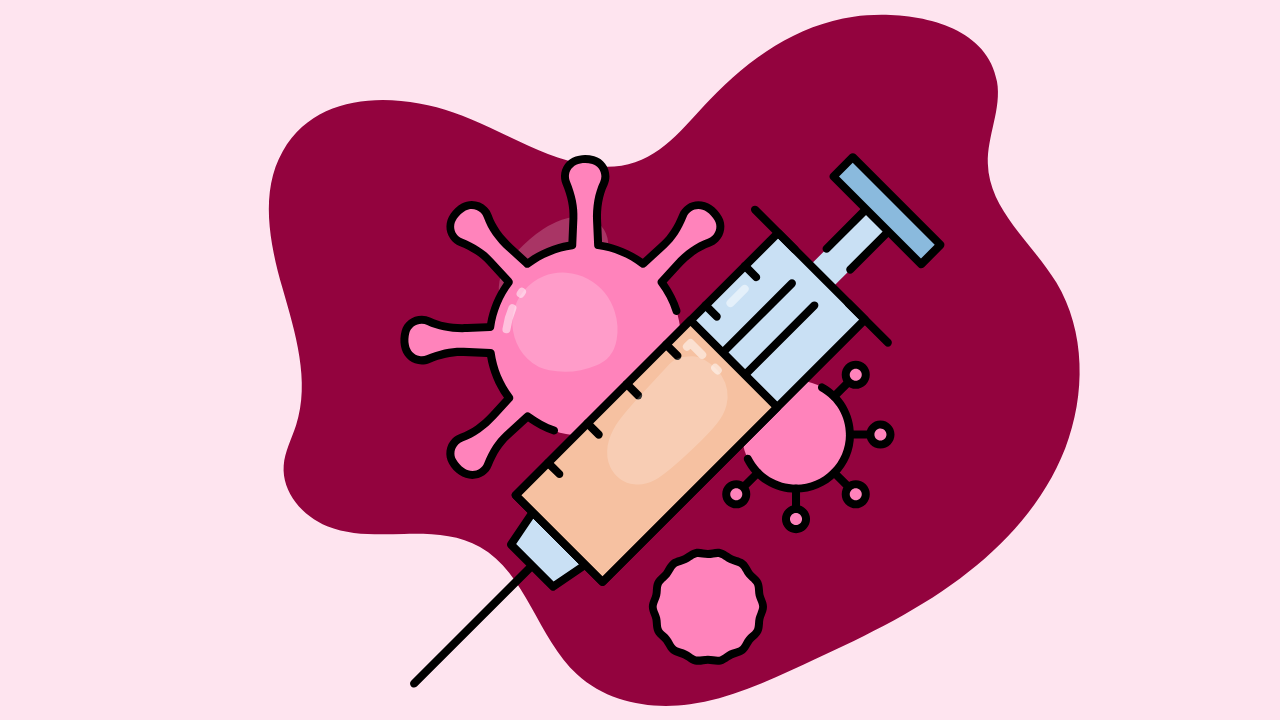5 Breast Lumps that Aren't Cancer

When it comes to our breasts and doing self exams, it's good to know what's normal and what might raise a concern. If you find a lump during a self exam, you may be curious or even a little nervous.
But here’s the good news. According to the National Institutes of Health, 80% of breast lumps are benign (non-cancerous). So let’s talk about 5 types that naturally occur in the breast.
As always, if you ever find a lump or have concerns about your breasts, please contact your medical provider.
Fibroadenoma: A fibroadenoma is a common benign breast tumor. It is usually a firm, rubbery lump that can move under the skin. Fibroadenomas are most common in women under 30 and are often painless.
Cyst: A breast cyst is a fluid-filled sac that can develop in the breast tissue. Cysts are often smooth, soft, and may be tender to the touch. They can vary in size and may change in size over the menstrual cycle.
Fibrocystic Changes: These are non-cancerous changes in breast tissue that can lead to the development of lumps or cysts. Fibrocystic changes can cause breasts to feel lumpy or tender, especially before menstruation.
Papilloma: A papilloma is a small, wart-like growth in the milk ducts of the breast. While they are typically benign, they can cause nipple discharge. Papillomas are more common in women over 40.
Lipoma: While less common in the breast, lipomas are benign tumors composed of fatty tissue. They are usually soft to the touch and can be moved under the skin.
Being familiar with benign breast lumps is important because it helps you recognize what's normal for your body. These lumps are usually not a cause for concern, but knowing about them allows you to be proactive about your health. Instead of feeling worried, you can be informed and aware. If you ever notice any changes, having this knowledge helps you make informed decisions and seek guidance from healthcare professionals when needed. It's about taking charge of your health.







